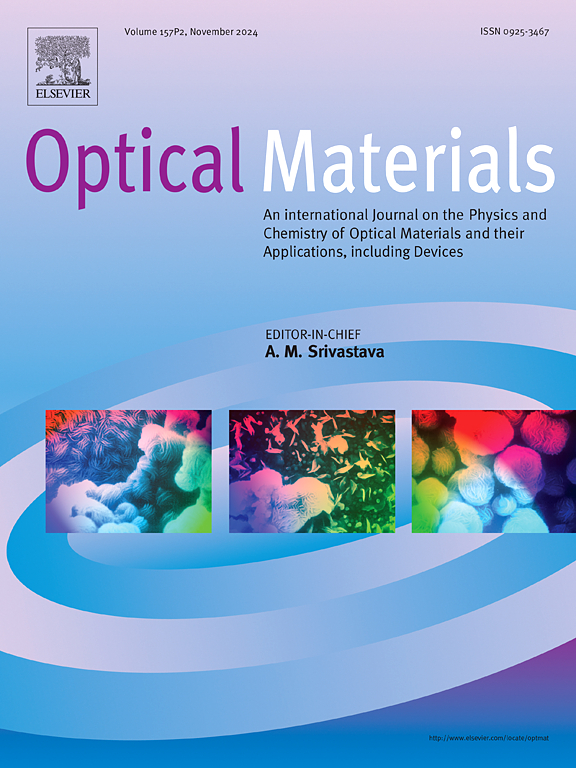New insights of the adsorption and photodegradation of reactive black 5 dye using water-soluble semi-conductor nanocrystals: Mechanism interpretation and statistical physics modeling
IF 3.8
3区 材料科学
Q2 MATERIALS SCIENCE, MULTIDISCIPLINARY
引用次数: 0
Abstract
In this study, cadmium sulfide (CdS) nanocrystals capped with 3-mercaptopropionic acid (MPA) were prepared and tested as nanoadsorbents and photocatalysts for the removal and degradation of reactive black 5 (RB5) dye in aqueous solutions. The dye adsorption data were collected at 298, 308, and 318 K. The modeling of experimental data showed the best fit to the Sips isotherm model, and the adsorption kinetics followed the pseudo-first order (PFO) model. CdS MPA had a specific surface area of 140 m2/g and 23.90 mg/g maximum adsorption capacity at 298 K, attaining a removal efficiency of 95.2 % after 20 min. The steric and energetic parameters were analyzed using statistical physics models. The experimental data was predicted using an advanced single-energy adsorption model. At low temperatures, dye adsorption occurred via physisorption with weak interactions, thereby establishing a monolayer adsorption process. The dye molecules were removed in parallel and non-parallel orientations. At high temperatures, the dye adsorption was multi-molecular, indicating that the dye could be removed at a slanted position. Theoretical calculations indicated that physical interactions were involved in RB5 adsorption. Photocatalytic studies indicated that the degradation efficiency was close to 99 % within 120 min, and that the PFO kinetic model best matched the experimental data. RB5 adsorption on the CdS-MPA adsorbent led to three degradation-regeneration cycles. These results highlight the effectiveness and sustainability of this system, reinforcing its feasibility and potential application in photocatalytic reactions for environmental depollution.

求助全文
约1分钟内获得全文
求助全文
来源期刊

Optical Materials
工程技术-材料科学:综合
CiteScore
6.60
自引率
12.80%
发文量
1265
审稿时长
38 days
期刊介绍:
Optical Materials has an open access mirror journal Optical Materials: X, sharing the same aims and scope, editorial team, submission system and rigorous peer review.
The purpose of Optical Materials is to provide a means of communication and technology transfer between researchers who are interested in materials for potential device applications. The journal publishes original papers and review articles on the design, synthesis, characterisation and applications of optical materials.
OPTICAL MATERIALS focuses on:
• Optical Properties of Material Systems;
• The Materials Aspects of Optical Phenomena;
• The Materials Aspects of Devices and Applications.
Authors can submit separate research elements describing their data to Data in Brief and methods to Methods X.
 求助内容:
求助内容: 应助结果提醒方式:
应助结果提醒方式:


